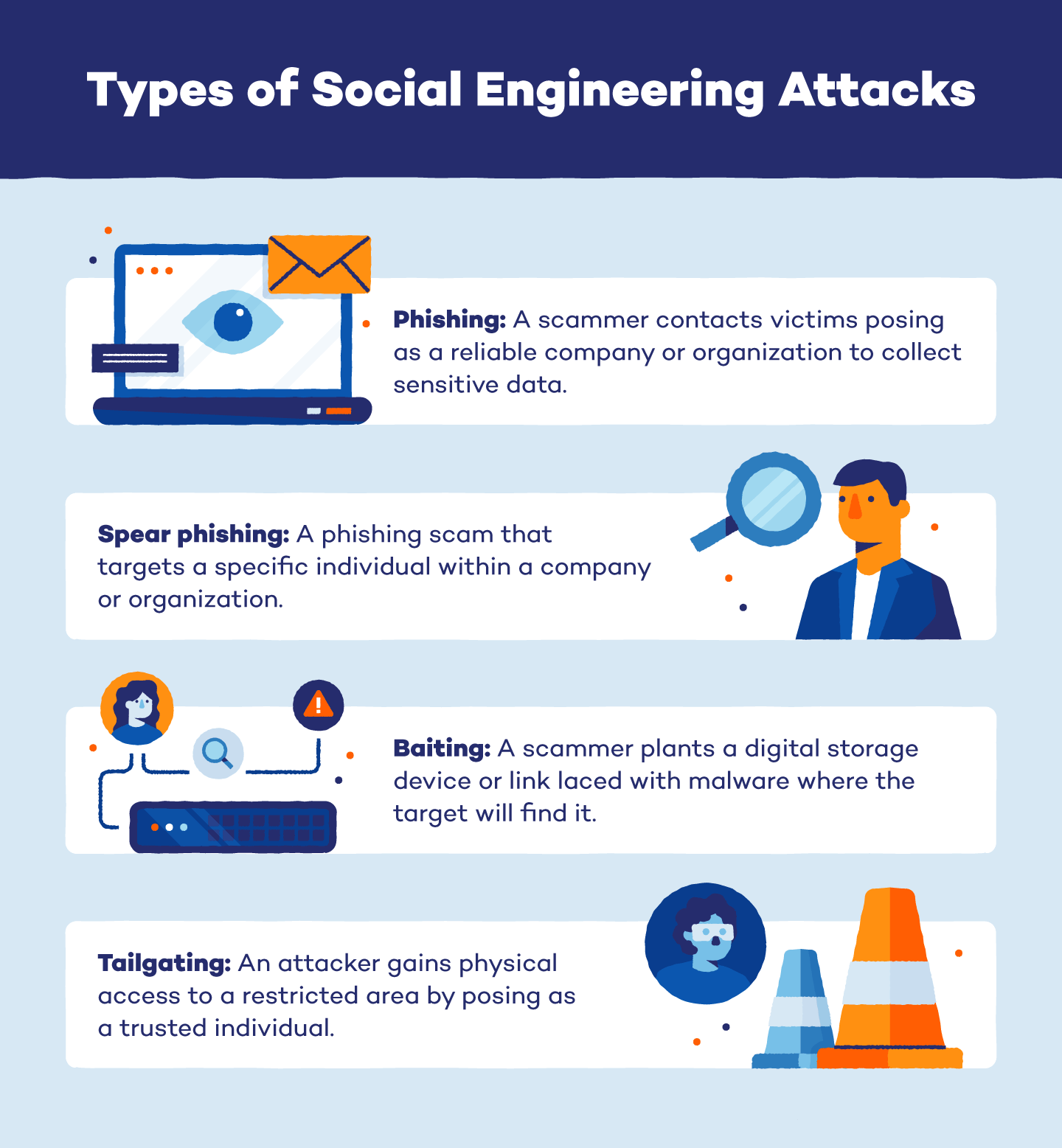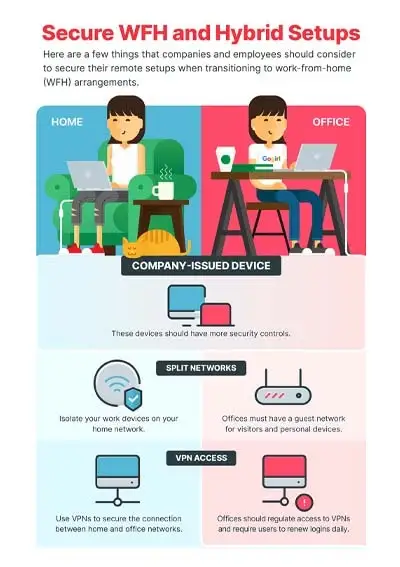Offices around the world have undergone a massive transformation in recent years. While a fully remote workforce remains offered by a minority of employers, the hybrid nature of workplaces is rapidly becoming the norm.
A recent study by Cisco studied the cyber security challenges tied to a distributed workforce, and their cyber security readiness model created some troubling statistics. According to their findings, 85% of companies are simply not prepared for a cyber attack.
Even worse, 41% of respondents said they experienced a cyber attack costing their company over $500,000 in the last year.
In today’s digital landscape, cyber security is more than a nice to have or a way to protect your company’s intellectual property. It has evolved into a true differentiator, a competitive advantage carefully studied by potential new clients of your business.
However, cyber security has been greatly challenged by the hybrid world that companies now occupy. This article will focus on the new reality cyber security professionals must operate in and offer best practices for a secure hybrid office.
The Hybrid World of Cybersecurity
The hybrid world of cyber security refers to the mix of on-site and remote work present in most offices worldwide. This concept exists in a wide spectrum of situations, from remote work on request to a set number of days in the office via company policy.
This wide range of office policies makes it difficult for cyber security professionals to agree on the level of preparedness required for hybrid offices. However, as with any cyber security matter, an overabundance of caution is not a bad idea.
Hybrid offices have introduced a slew of new cyber risks they previously might not have experienced while also increasing the potential of previously experienced attacks. Here are the most common risks associated with hybrid offices:
Network security
The crux of hybrid workplaces is the Internet and a company's secure network. It is the principal element enabling workers to execute their tasks from anywhere they choose. However, if your network is accessed from a public Wi-Fi access point, your company could be exposed to a slew of potential cyber attacks.
Physical security
In a hybrid office, employees work from various locations, which means the odds of physical theft of a laptop or simply the loss of a mobile phone increases dramatically. This risk can be even more dangerous if the user is high-ranking or if the lost device can access your network remotely.
Phishing and social engineering
One of the best defenses against phishing and social engineering is a user quickly popping into the office of the person they think emailed them to confirm what they are asking. This can become difficult in a remote culture, and check-ins are potentially less frequent.
Since so many tasks are given via email nowadays, some users are less vigilant than before to phishing attempts. 
Source: Panda Security
Identity management
Working from home often means that all the members of a user's family can access the computer assigned to that user. The same goes for devices used in coffee shops, airports, and hotels. Validating the person's identity using a computer is now a crucial feature of any network.
What Hybrid Work Means for Organizations
One of the biggest trends in cyber security is third-party risk management. With companies becoming increasingly distributed, they rely on an ever-increasing supply chain of partners. This situation makes the old adage, “a chain is only as strong as its weakest link,” ever truer.
Third-party risk management is a response to the crucial nature of supply chain integrity, especially in a hybrid world. Every supplier and partner becomes a critical node that could affect business continuity if affected.
Companies increasingly use cyber security preparedness as a very important test in assessing a new addition to their supply chain.
The truth of the matter is cyber security is no longer just about protecting your company’s data and users. It is also about safeguarding all your partners, clients, and suppliers from attacks that could be launched from your network.
Companies are very wary of this situation, and organizations with poor cyber security will start losing deals and potential revenue because of it.
Best Practices for Cybersecurity in the Hybrid World
No organization is perfect when it comes to cyber security. However, having a planned-out approach with a series of attitudes and culture shifts remains the best way to improve your overall cyber security.

Source: Trend Micro
Strong passwords and multi-factor authentication
Password hygiene is one of the most impactful changes you can make in your employees’ mentality. It is often only attainable through limitations like forced password changes every quarter and the inclusion of special characters and designated lengths.
But don’t underestimate the power of simple email communications and physical reminders like posters around the office.
Multi-factor authentication is becoming a staple of any workplace, especially in a hybrid world. Whether through SMS communication or, ideally, through the safer authenticator app, it’s an incredibly impactful and simple solution to deploy to your network.
Regular software updates and patch management
A staggering amount of security and data breaches are based on improperly updated software and operating systems. While it can be quite a task to remain on top of all updates, it is absolutely essential for any IT department, no matter the size of the company.
Additionally, it's a good idea for any company in the hybrid world to adopt a Zero Trust Network architecture. With many users, access points, and networks, this type of network organization ensures your data remains safe even in the event of a breach.
Cyber security awareness
Most people imagine cyber security threats coming mostly from skilled hackers who thwart the digital fortress of companies. Quite the contrary, most breaches come from human error and improper cyber security awareness training.
Training your users on the most common cyber threats and teaching them the signs of threats like phishing is the most powerful tool in your arsenal as an IT manager.
Threat intelligence platform
These technological tools are designed to improve the threat awareness of IT teams. IT professionals often don't have the time to do the comprehensive research required to remain prepared against new and evolving cyber threats.
These platforms are essential in the hybrid world to remain informed of threats around the world.
Hybrid Workplaces, The New Normal
Hybrid workforces are not a trend, and you are only likely to see them more and more over the next few years. They require a lot of extra work regarding IT setup, but once it's done, they aren't much more difficult to manage than a regular office.
In many ways, they are actually simpler to protect because you can rely on a variety of partners and offset a lot of responsibilities to the users. Now is the perfect moment to embrace the hybrid workplace model and put in place a solid plan to manage yours.
![]()
Cyber Security Hub: Access Exclusive Cyber Security Content
Click here to gain access to the Terranova Security CyberHub and take control of your cyber security.